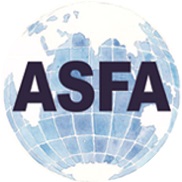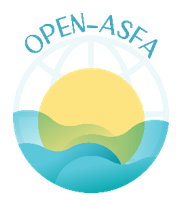Impact du phosphogypse et des rejets urbains sur la bioaccumulation en métaux traces par la palourde Ruditapes decussatus prélevée dans la région de Sfax
DOI:
https://doi.org/10.71754/instm.bulletin.v23.926Keywords:
Industrial wastes, Bioaccumulation, Gypsum, Marine pollution, Pollution effects, Trace metals, Ruditapes decussatus, Marine, MED, Tunisia, SfaxAbstract
This bioaccumulation of trace metal in clams Ruditapes decussatus tissue was evalued on individual collected between 1993-1994. The sites of Tunisian littoral chosen for their industrial and conchylicol interest were: Fishing port of Sfax, Gargour and Skhira. The results shown that the bioaccumulation for As, Cu, Zn, Cd and Fe are higher in Gargour and Skhira than in the fishing port of Sfax. The Fisher test reveals a significant difference for the major part of the studied metals. Actually, this results is due to many factors and specially the stock of phosphogypsum near by the coast; the contaminated water which comes from the phreatic layer and is dispersed into the sea, and also the effect of general sea movement from the north to the south are also involved.












